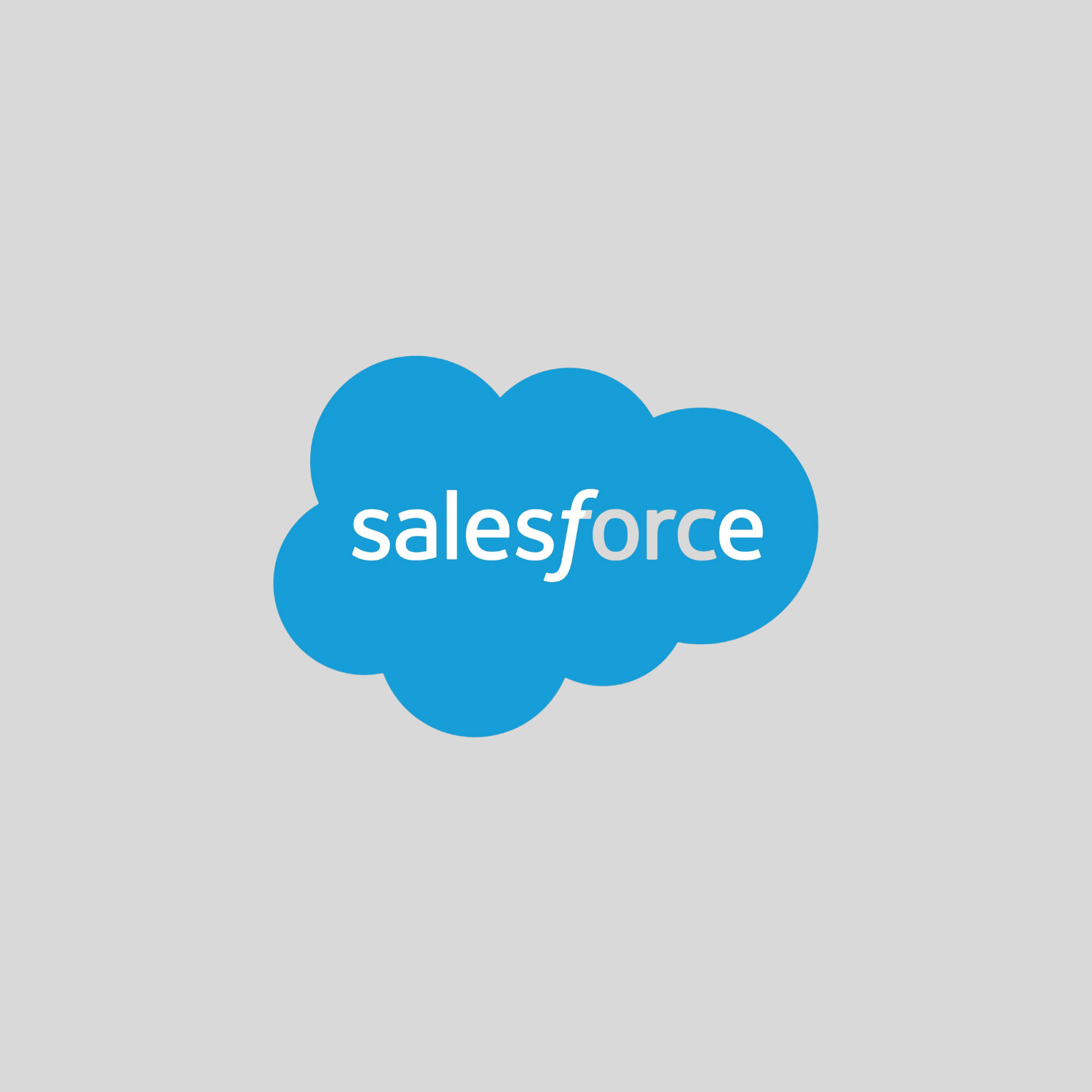Description
Who should attend
This course is designed for programmatic developers looking to write programmatic customizations to both business logic and UI layers using Apex and Visualforce. You should have a good understanding of core object-oriented programming concepts and experience building declarative solutions on the Salesforce Platform. This course is also a great foundation builder if you’re looking to earn your Salesforce Platform Developer I credential.
IMPORTANT: Students are expected to follow the steps detailed in the Computer Set-up Guide for this class if you’ll be using your own computer when attending a virtual or in-person class.
Certifications
This course is part of the following Certifications:
Prerequisites
Complete the Computer Set-up Guide for this class.
Course Objectives
- Learn modern tools for developing on the Salesforce Platform using Visual Studio Code, the Salesforce Extension Pack, and the Salesforce CLI.
- Write business logic customizations using Apex triggers and classes; those customizations will use SOQL and DML.
- Design programmatic solutions that take advantage of declarative customizations.
- Describe how your trigger code works within the basics of the Save Order of Execution.
- Describe some of the fundamental aspects of designing programs on a multi-tenant platform.
- Write Visualforce markup and code to customize the user interface.
- Use the built-in testing framework to test Apex and Visualforce.
Outline: Build Applications Programmatically on the Salesforce Platform (DEX450)
Declarative Automation
- Create Formula Fields
- Create Roll-Up Summary Fields
- Understand Record Types
- Review Other Automation Tools
- Build a Data Model on the Salesforce Platform
Programming with Apex
- Describe Key Aspects of Apex That Differentiate It from Other Languages, Such as Java and C#
- Describe Why Apex Transactions and Governor Limits Must Be Considered When Writing Apex
- Execute Simple Apex
- Use the sObject Data Type, the Primitive Data Types, and Basic Control Statements in Apex
Using SOQL and SOSL to Retrieve Your Org’s Data
- Write a Basic Query Using Salesforce‘s Query Language, SOQL
- Process the Result of a Query in Apex
- Create a Query Dynamically at Run-Time
- Use SOQL to Query Parent-Child Relationships
- Describe a Relationship Query
- Write a Query That Traverses a Child-to-Parent Relationship
- Write a Query That Traverses a Parent-to-Child Relationship
- Use SOSL to Search Data
Using DML to Manipulate Your Org’s Data
- List the Differences Between the Ways You Can Invoke DML Operations
- Write Apex to Invoke DML Operations and Handle DML Errors
Deployment
- What Is Deployment?
- Deploy Code Using Change Sets
- Use the Ant Migration Tool
- Review Managed and Unmanaged Packages
- Explore Salesforce DX
Trigger Essentials
- Describe What a Trigger Is Used For
- Describe the Syntax of a Trigger Definition
- Use Trigger Context Variables
Apex Class Essentials
- Describe How Apex Classes Are Used
- Define an Apex Class
- Determine What Data an Apex Class Can Access
The Save Order of Execution, Apex Transactions, and Platform Events
- Describe Key Points in the Order of Execution
- Describe How Triggers Fit Into and Can Be Impacted by the Order of Execution
- Describe the Lifecycle of an Apex Transaction
- Describe the Memory Lifecycle for Static Attributes
- Use Platform Events for Immediate Error Logging
Apex Testing
- Describe the Apex Testing Framework
- Create Test Data
- Write and Run an Apex Tes
- t Test Best Practices
Strategies for Designing Efficient Apex Solutions
- Describe Best Practices for Writing Code That Is Easy to Maintain and Extend
- Write Triggers and Classes That Assume Batches of Data as Input
- Write Code That Works Efficiently with the Database, Both in Querying and Using DML
Trigger Design Strategies
- List Declarative Mechanisms You Can Use to Implement Complex Business Logic, What Types of Problems They’re Best Used for, and Their Limitations
- Describe Ways in Which You Can Use Declarative Functionality to Improve Your Programmatic Solutions
Working with Visualforce
- Create a Visualforce Page
- Reference a Standard Controller
- Launch a Visualforce Page Using a Custom Button
- Display Data from a Record in a Visualforce Page
- Reference Custom Controllers and Controller Extensions
- Work with List Controllers
Visualforce Development Considerations and Testing
- Describe Common Limit Issues and Security Concerns
- Describe Strategies for Testing Visualforce Controllers
- Write Tests for Controller Constructors
- Write Tests for Action Methods, Getters, Setters, and Properties
Lightning Components
- Create and Surface an Aura Component
- Create and Surface a Lightning Web Component



